From fidget spinners to phones, these classroom staples were once considered too distracting or disruptive to allow.
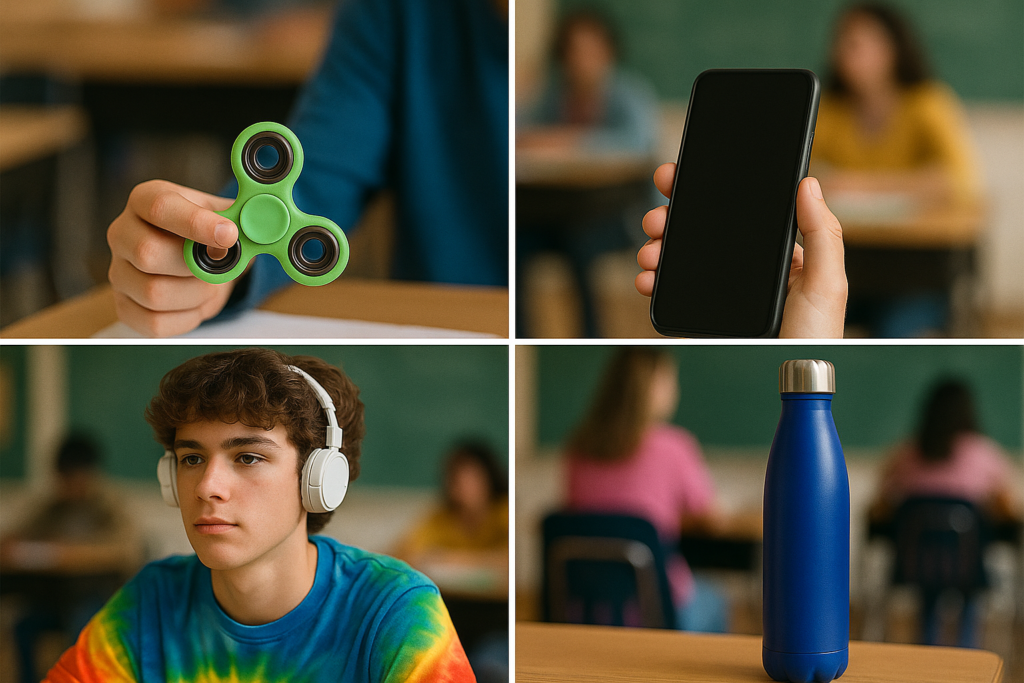
There was a time when the tiniest deviation from school norms could land you in detention. From rainbow hair streaks to wearing a hoodie, students pushing the envelope, intentionally or not, were met with strict bans in classrooms across the country. But school culture has shifted dramatically. What used to be considered distractions or disciplinary problems are now often seen as tools for learning, self-expression, or accessibility. Thanks to evolving views on mental health, technology, and identity, the same items that once got confiscated are now handed out or even encouraged. Whether you were the kid who got your Pokemon cards taken away or the one hiding a flip phone in your sock, you’ll appreciate just how far we’ve come. Here are 12 things that were once banned in schools, but are now totally normal.
Fidget Spinners

When fidget spinners first hit classrooms in 2017, they were supposed to help students stay focused, particularly those with ADHD, anxiety, or sensory processing disorders. But instead of aiding concentration, they quickly became the hottest playground distraction. Teachers reported students spinning them during lessons, launching them across the room, and arguing over trades. Some schools reported dozens of spinners being confiscated per week. Within a few months, hundreds of districts across the U.S. banned them outright, calling them disruptive and dangerous.
Once the trend died down, educators began to reevaluate their potential. Occupational therapists reminded schools that when used correctly, fidget tools can help regulate focus and calm nervous systems. The key difference is how and when they’re introduced. Today, spinners and similar items like stress balls or tangle toys are often recommended by school counselors or included in individualized education plans. They’re found in “calm-down corners,” resource rooms, and special ed classrooms. From viral craze to legitimate support tool, fidget spinners found a second life that actually serves their original purpose.
Cell Phones

In the early 2000s, cell phones were treated like contraband in most schools. If a student’s phone rang or was even seen, it was often confiscated until the end of the day—or longer. Some schools had lockers just for holding phones, and others required written permission from a parent to retrieve one. The fear was distraction, cheating, and disrespect, and back then, phones were primarily for texting or calling. Smartphones hadn’t yet taken over, and there were few academic uses for them in a classroom setting.
That changed rapidly after the iPhone debuted in 2007. By the early 2010s, smartphones were everywhere, and parents wanted their kids reachable, especially during emergencies. School shootings and lockdown drills shifted the tone. Today, many schools allow phones to stay in backpacks or be used with teacher permission. Some teachers integrate apps like Kahoot or use phones for research and timers. Phones went from being punishable to being practical, and while some boundaries remain, they’re now considered part of the modern classroom landscape.
Headphones and AirPods

Wearing headphones in class used to be a sure sign of rebellion. In the 1990s and early 2000s, students would sneak wired earbuds through their sleeves, hiding them under long hair or hoodie hoods. Teachers cracked down hard, seeing headphones as a way to tune out or cheat. The assumption was that any kid wearing them wasn’t paying attention. Some schools even banned personal electronics altogether to stop the growing trend.
But as classrooms embraced digital learning, audio tools gained legitimacy. Headphones are now used for reading aloud, language learning, and calming background music. Special education programs rely on them for sensory needs or to minimize distractions. AirPods, once seen as a status symbol, are now just another school supply. In districts using 1:1 tech programs, headphones are often provided with school-issued devices. What was once sneaky has become necessary for how students absorb information today.
Water Bottles
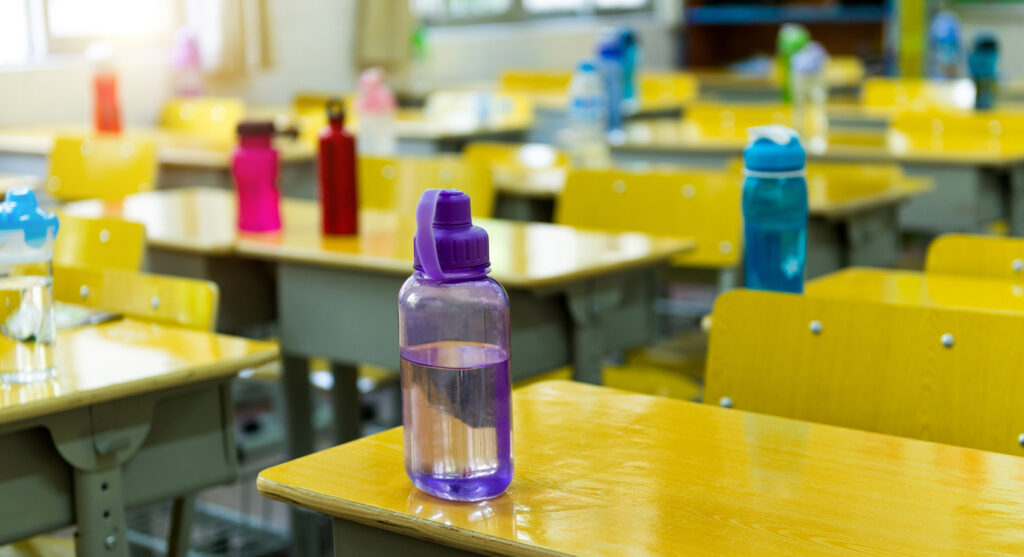
There was a surprising era, especially during the 1990s and early 2000s, when many schools banned personal water bottles. Administrators worried about spills damaging books or electronics, or about students hiding contraband like soda or alcohol. Some schools even insisted kids wait until lunchtime to drink anything, citing mess concerns and bathroom breaks as disruptions. It seems unthinkable now, but at the time, hydration was treated as a luxury, not a necessity.
That changed as research highlighted the link between hydration and cognitive function. A 2004 study by the University of East London found that students who drank water before a test scored up to 10 percent higher than those who didn’t. With that, many schools shifted policies and began encouraging regular water intake. Now, reusable water bottles are on most classroom desks, and some schools have installed touchless refill stations. It’s a small but important change in the name of health and focus.
Student Laptops and Tablets

For years, computers in schools were a shared resource, housed in labs or rolling carts that needed to be scheduled in advance. In the 1990s and early 2000s, only teachers or high-level classes used laptops regularly, and students were limited to typing papers or doing basic research. Devices were expensive, and there was fear of distraction or misuse. It wasn’t until the 2010s that schools started to explore the idea of one-to-one technology programs.
The turning point came during the COVID-19 pandemic in 2020, when remote learning made access to digital tools absolutely essential. Suddenly, even kindergartners were issued Chromebooks or tablets. Today, many school districts assign a laptop or tablet to every student from elementary through high school. Lessons, assignments, and even state exams are administered digitally. While screen time debates continue, laptops are now embedded in the daily rhythm of education. What was once a privilege is now a requirement.
Smartwatches
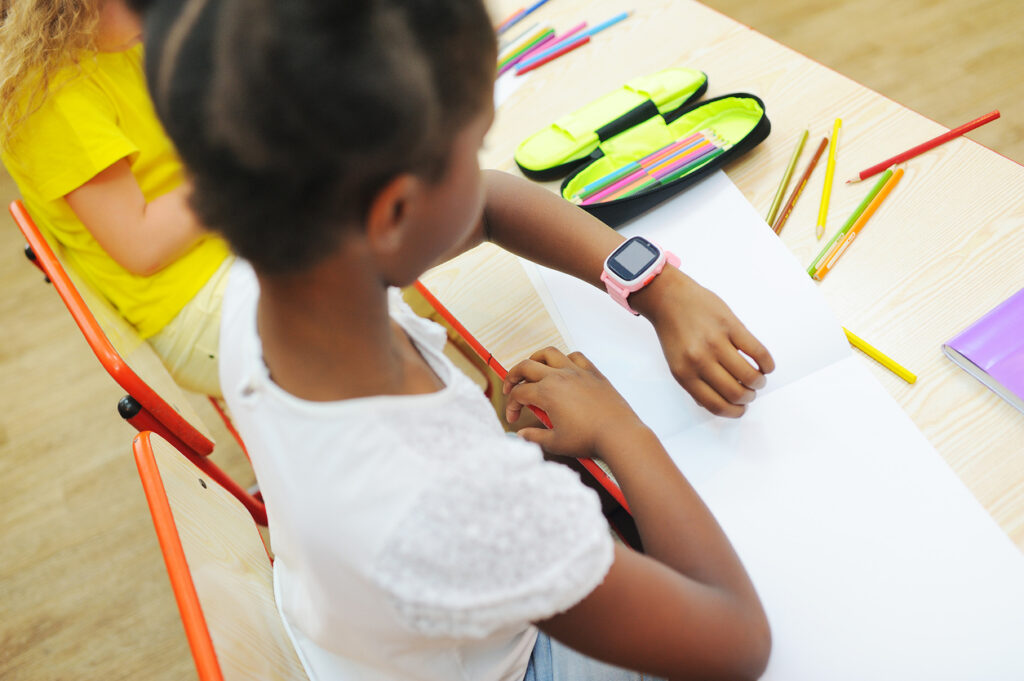
Smartwatches started to appear on students’ wrists around 2015, and schools didn’t quite know what to make of them. At first, they were considered tiny cheating devices, able to receive texts or display notes during tests. Some administrators banned them outright, lumping them in with phones and other electronics. There were also concerns about constant buzzing and notifications pulling students away from classwork.
Over time, however, the narrative began to shift. Parents of children with health conditions, like diabetes or anxiety, began using smartwatches to monitor their child’s safety discreetly. Some watches allow GPS tracking or let a student signal distress without needing a phone. Educators began to allow them under guidelines, especially when tied to medical or special education needs. While not every classroom welcomes them, smartwatches are no longer seen purely as a threat. Their place in school has evolved, like many tools once viewed as disruptive.
Digital Calculators
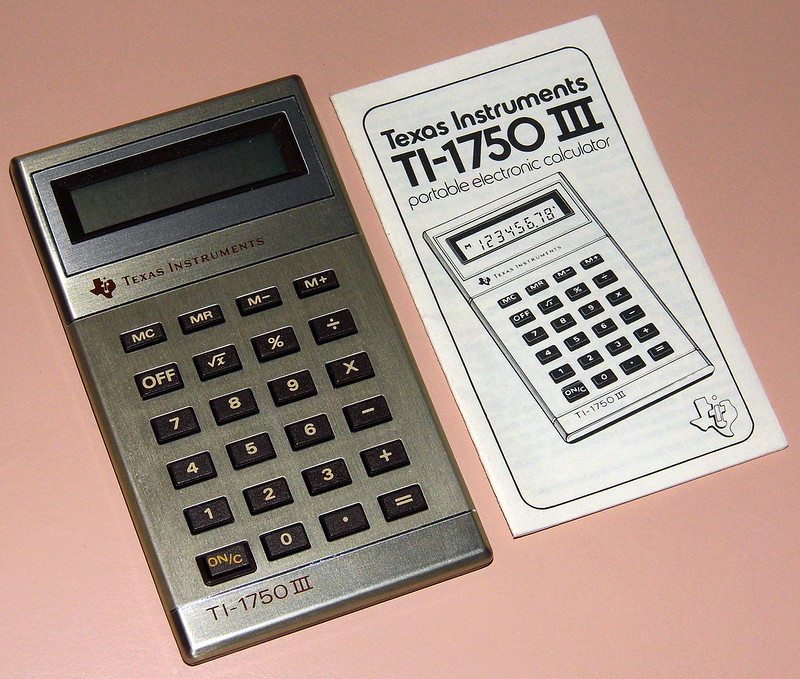
In the 1970s and 80s, the idea of bringing a calculator into class was controversial. Texas Instruments released one of the first affordable models in 1972, but many educators believed they would destroy students’ ability to think for themselves. Calculators were banned from elementary classrooms and standardized tests for decades. The message was clear: mental math came first.
But as students progressed into algebra, trigonometry, and calculus, calculators became indispensable. By the 1990s, graphing calculators like the TI-83 and TI-84 were required in many high school courses. Today, they’re standard tools for STEM education and even used during college entrance exams like the SAT. Many classrooms now use online calculators or math apps that simulate physical models. The tool once feared for “making kids lazy” is now essential for success in advanced math.
Rolling Backpacks

Rolling backpacks began showing up in schools during the early 2000s, touted as a solution to back pain caused by heavy textbook loads. At first, they were a hit with younger kids and parents concerned about spinal health. But it didn’t take long for teachers and administrators to start complaining. The bags caused traffic jams in hallways, created tripping hazards, and banged into ankles. Many schools banned them outright by mid-decade.
Years later, the conversation has started to shift back. Pediatricians have warned that backpacks should weigh no more than 10 to 15 percent of a child’s body weight. For students with injuries or physical conditions, rolling bags are now sometimes permitted with a doctor’s note. In some districts, younger students are allowed to use them without restriction. The focus has become balancing safety with physical health, instead of banning outright.
Graphic Tees and Hoodies

In the 1990s and early 2000s, dress codes in public schools were much stricter. Graphic tees with slogans, pop culture images, or band logos were often banned for being “disruptive.” Hoodies were also prohibited in some districts, especially if students wore the hoods up. Administrators feared students were hiding headphones or weapons, or that the casual style encouraged rule-breaking behavior.
But student fashion became harder to police as pop culture and identity became more entwined. Eventually, schools started to relax policies, focusing on offensive or inappropriate content rather than banning entire categories of clothing. Today, graphic tees are a staple of school spirit days, and hoodies often feature the school’s own logo. For most students, they’re just a comfortable part of everyday life. The fight over what to wear lost steam as schools chose bigger battles.
Colored Hair or Highlights

There was a time when even a single pink streak could get you sent to the office. Throughout the 1980s and 90s, many schools banned unnatural hair colors, calling them a distraction or violation of uniform codes. Students who dyed their hair neon blue or bright red were told to wash it out or face suspension. These policies often reflected outdated ideas about professionalism and conformity.
Over the years, those rules have loosened. As hair color became a mainstream form of expression—even among adults—schools began rethinking their stance. Students today sport pastel ombré, rainbow tips, or bold primary colors without issue. What used to raise alarms is now met with little more than a shrug. Self-expression, when harmless, is no longer treated as a classroom threat.
Pokemon Cards
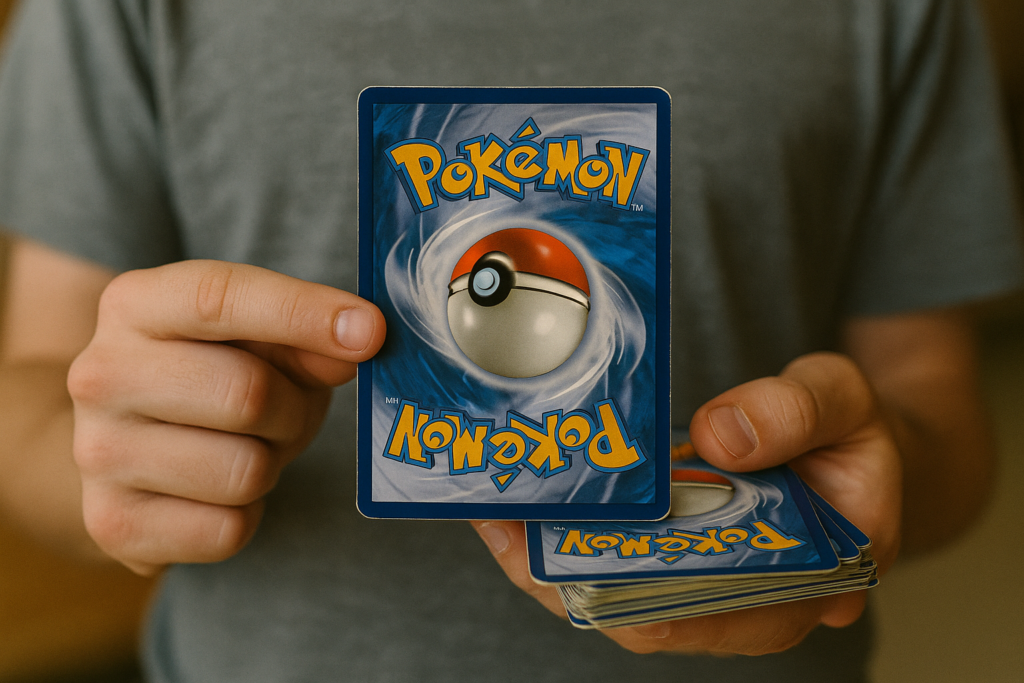
Pokemon cards burst onto the scene in the late 1990s and quickly became a schoolyard obsession. Students traded cards in secret, held impromptu battles during lunch, and argued over rare holographics like Charizard and Mewtwo. Teachers were overwhelmed by fights, thefts, and general chaos, leading many schools to issue total bans by 1999. The cards were labeled as gambling tools or disruptive toys.
Decades later, the nostalgia remains—but the drama has faded. Some schools now allow trading during designated times, and a few have even started Pokemon clubs. Teachers use the cards to teach math, reading, and strategy skills. The hobby that once got kids into trouble is now recognized for its social and educational value. It’s a comeback story powered by community, not conflict.
Temporary Tattoos or Nail Art

It used to be that showing up with a glittery butterfly tattoo or neon nails would get you a note sent home. Schools enforced rigid appearance codes, insisting on “natural” nails and clean skin. Some even banned nail polish altogether. Temporary tattoos, often given out at birthday parties or fairs, were seen as low-class or inappropriate for school.
These days, that attitude has mostly faded. Temporary tattoos are now used in classroom reward systems or school spirit events. Nail art is a fun way for students to show personality, and few teachers bat an eye unless it interferes with hygiene or safety. What once seemed rebellious is now routine. Like so many trends once feared, it turned out to be harmless all along.
What Did You Get in Trouble for That Seems Silly Now?

Looking back, it’s almost funny to think about the things we weren’t allowed to have in school. What once caused a trip to the principal’s office is now sitting openly on desks, clipped to backpacks, or woven into lesson plans. These shifts show how schools have slowly caught up with culture, technology, and the way kids actually learn and express themselves. And let’s be honest, some of those old rules were a little over the top.
What did you get in trouble for back in the day that seems harmless now? Was it a band tee? A sticker-covered binder? Please share your story in the comments, and let’s take a trip down memory lane together.
This story, 12 School Items That Were Once Banned—But Are Now Totally Normal was first published on dailyfetch.net.


